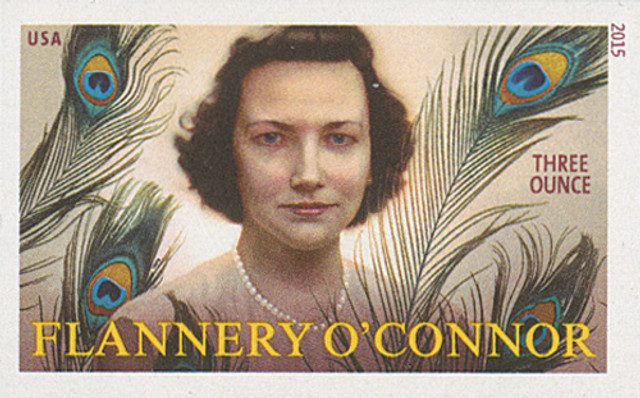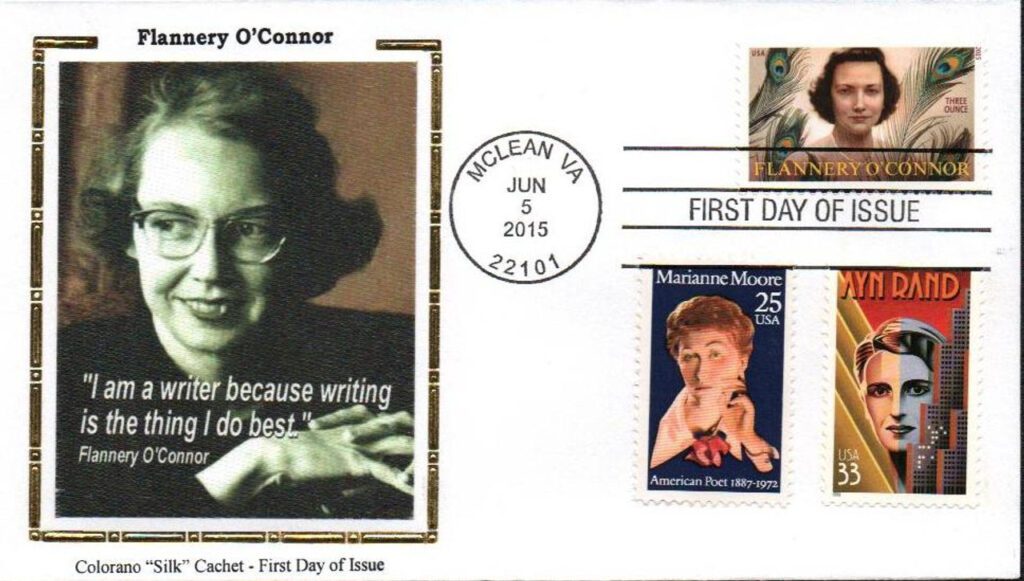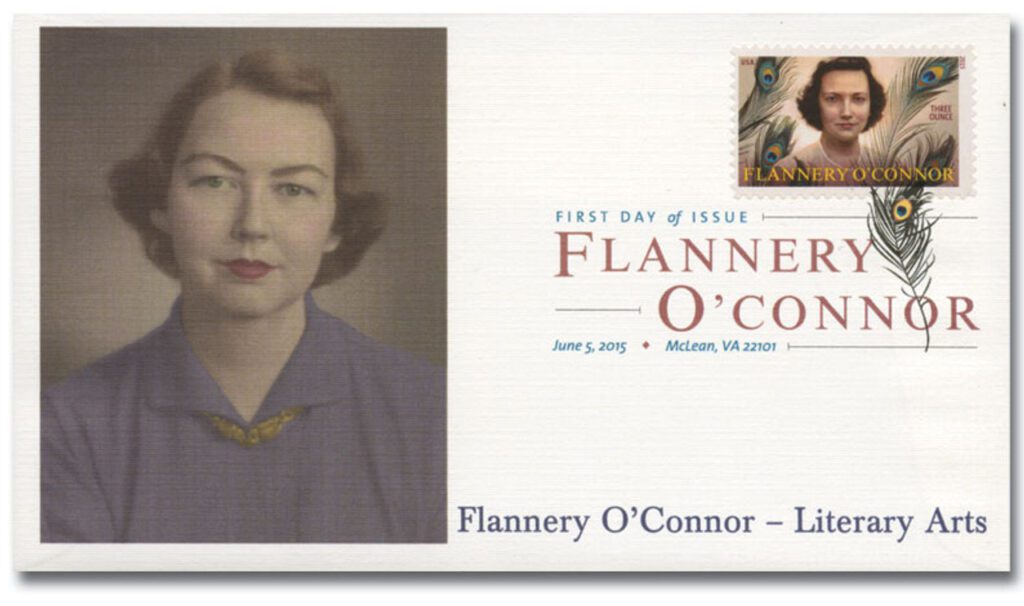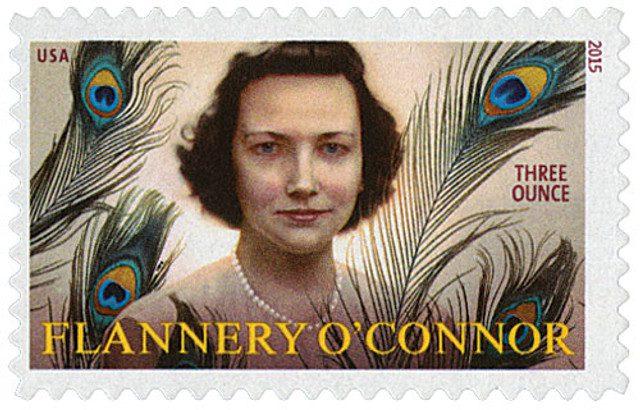
Mary Flannery O’Connor was born on March 25, 1925, in Savannah, Georgia. In a career cut short by disease, she produced two novels and more than 30 short stories that have led some to consider her one of the greatest short story writers of the 20th century.
An only child, O’Connor later described her young self as a “pigeon-toed child with a receding chin and a you-leave-me-alone-or-I’ll-bite-you complex.” Her family moved to Milledgeville, Georgia in 1940, where O’Connor was art editor for her school’s newspaper. She attended George State College for Women, earning a degree in sociology and English literature. She also drew cartoons for the school paper.
After graduating in 1945, O’Connor joined the Iowa Writers’ Workshop at the University of Iowa, where she earned her master’s degree. During her time there she met several notable writers and critics, some of whom saw the promise in her writing. After graduating, she spent time at the Yaddo artists’ community in New York.
In her relatively short career, O’Connor wrote two full-length novels – Wise Blood (1952) and The Violent Bear It Away (1960), 32 short stories, and many literary reviews and criticisms. A pious Roman Catholic, O’Connor felt that her writing was a God-given gift. In her own words, she was a Roman Catholic “not like someone else would be a Baptist or a Methodist, but like someone else would be an atheist.” Growing up in the Protestant South, the young writer identified as a religious outcast, but wholly embraced her faith.

O’Connor felt that writing was her divine calling, and answered it through literary works filled with imagery of original sin and questions of ethics and morality. Fiction was her religious pulpit. Ironically, O’Connor did not write for her Catholic peers so much as for the southern traditional Protestants whom she portrayed in her stories. Many believed her writing to be a satirical attack on the devoutly religious, but it was the opposite. O’Connor admired fundamentalists’ unwavering beliefs, though different from her own. Their convictions set them apart from Catholics and Protestant liberals. O’Connor used fiction laced with questions of ethics and morality to convey what she felt was a sense of “Christian realism.”
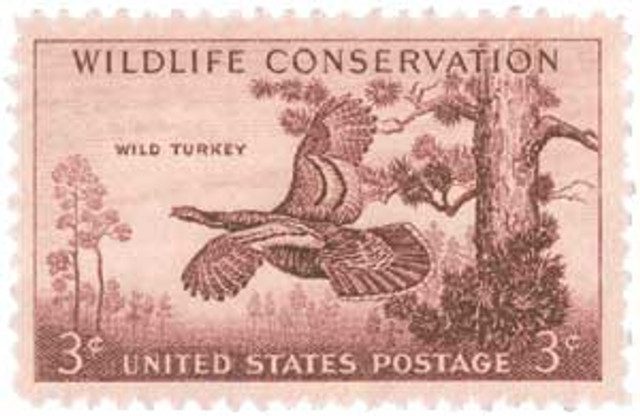
O’Connor’s writing is known for dark, unsettling stories in which unsavory characters find religious wisdom. O’Connor had a habit of using disturbing main characters that people can relate to, even if they refuse to admit it. She said, “The freak in modern fiction is usually disturbing to us, because he keeps us from forgetting that we share in his state.” She hoped her readers’ subconscious understanding of the flawed heroes would shock them into having better morals themselves. Highlighting Catholic principles, her stories offer insight into the reader’s own shortcomings.
Though most scholars refer to O’Connor’s writing style as Southern Grotesque, her opinion was that “anything that comes out of the South is going to be called grotesque by the northern reader, unless it is grotesque, in which case it is going to be called realistic.” Many of her works were shocking but comical.
In 1952, O’Connor was diagnosed with lupus, the same disease that had taken her father’s life a decade earlier. She spent her last years at the family home in Georgia, attending mass and writing in the morning, then reading and resting the rest of the day. Even as her condition worsened, she attended more than 60 lectures and readings of her works. In her later years, O’Connor remarked “there won’t be any biographies of me because… lives spent between the house and the chicken yard do not make exciting copy.” O’Connor died on August 3, 1964 at the age of 39.
Regarded as one of the greatest short story writers of the 20th century, she never knew how popular her writing would become. Today, O’Connor’s novels are popular pieces of American literature. Many of her short stories have been included in famous anthologies such as The Best American Short Stories. University literature professors have even started teaching many of O’Connor’s works as part of their course curriculum. A complete collection of O’Connor’s stories won the National Book Award for Fiction in 1972. And in 2009, it was voted the best book to have ever won that award. Since 1983, the University of Georgia Press has given the Flannery O’Connor Award for Short Fiction.
| FREE printable This Day in History album pages Download a PDF of today’s article. Get a binder or other supplies to create your This Day in History album. |
Discover what else happened on This Day in History.

